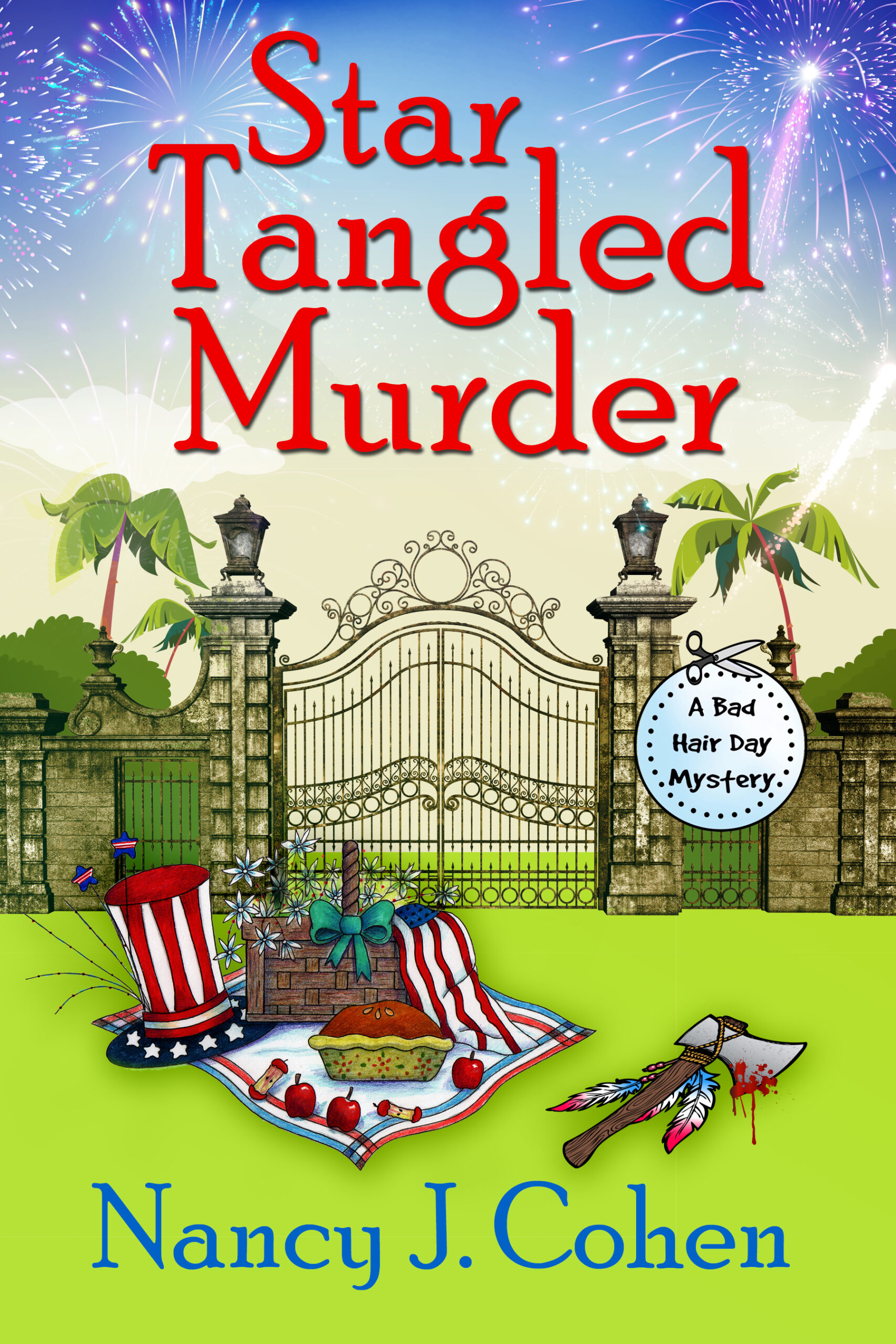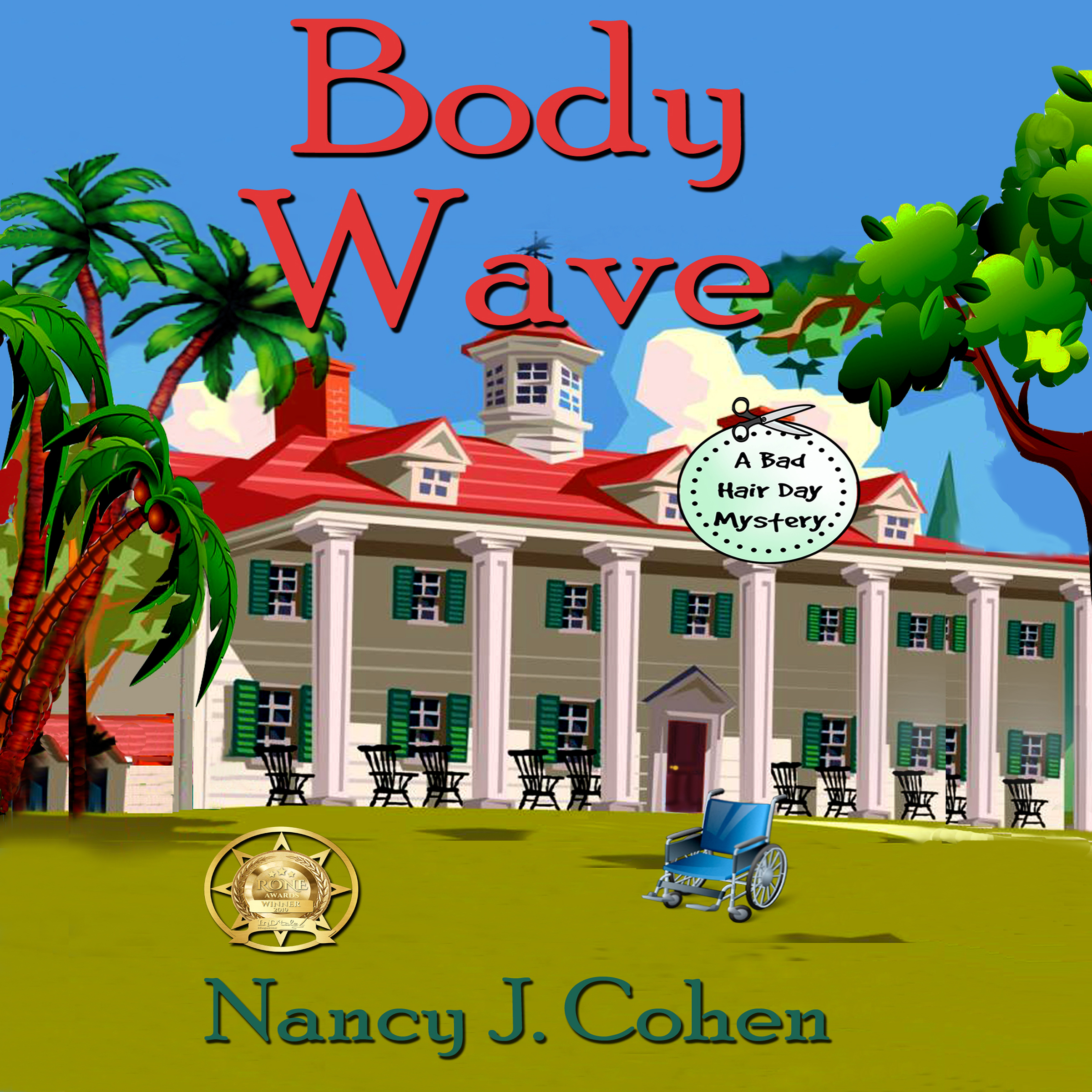Situational Awareness
Research for crime writing often includes advice we can use in our daily lives. Recently, we heard retired police Sergeant Al Hallonquist from http://www.securityconsultants.com speak at a meeting of Florida Chapter of Mystery Writers of America. Here are his safety tips.
Use common sense and be aware of your surroundings.
In a restaurant, sit with your back to the wall. Watch the doorway and the cash register.
Before getting into your car, look in the back seat to make sure nobody is lying there. My note: Also be wary if there’s a van or large vehicle parked alongside your driver’s side. Somebody could slide their door open and grab you.
Look inside before entering convenience stores, banks, or other businesses.
Think about where you’re going when you are walking or driving. Pay attention to your surroundings. Is anyone following you?
Don’t go down a dark alley or dead-end street.
Think three steps ahead of everything you’re doing.
When in a room, note where everything is located, including exits. Observe who enters. Do a “threat scan.” Note where to hide and where to escape.
Re Schools: Schools today have codes they can use over the PA system. Teachers may be allowed to lock doors to keep intruders out.
Active Shooter Situation
Be aware of your surroundings prior to, during, and after an event.
Don’t get fooled by “NIMBY”—Not In My Backyard. This can happen anywhere.
Flee if you can. Use all available exits, not just the place where you entered. Follow the exit signs. This also applies to a fire.
Before the shooter takes control of the room, consider throwing anything handy to distract him or tackle him with intent to disarm. Do what feels right and comfortable to you, but don’t try to be an untrained hero. It’s better to be an excellent witness than a dead hero. Also, don’t get in the way by running at the bad guy. You might be blocking another person who is armed and who can fire a clear shot at the shooter until you block his aim.
Obtain cover when possible rather than concealment. Taking cover, like crouching behind a table that you’ve flipped over, may stop a bullet. Concealment will hide you but will not stop a bullet.
Be wary for a lookout or accomplice.
If you’re in a hostage situation, don’t look a shooter in the eye or you might set him off. Better to be a nobody.
When the police come, assume a non-threatening pose. Preferably lie down with arms spread out on floor or hands behind head. Don’t make any threatening moves. Don’t jump up and yell.
Tear gas: Pull clothing over your face.
Flash/Bang grenade: Super bright flash and concussive hearing loss. It’s a “ball-like” grenade. It flashes upward so be on the floor and cover your ears if possible.
Taser range is up to 20 feet. You shoot a wire from a distance. This wire has sharp barbs. In contrast, a stun gun needs physical contact.
Q: Re a taser, if you’ve been shot with one, is it all over? Is there anything you can do?
A: Pretty much. It’s pretty brutal in that your nervous system contracts and shuts down. For a short time afterward, you’re disorientated as well.
Q: How about if someone is following you? Is it better to make eye contact to let them know they’ve been noticed?
A: Again, that’s a situation by situation decision. Sometimes confronting them (even something as simple as eye contact) makes them re-evaluate their goal.
“While I hope this helps someone with their writing, I also hope it helps people become more aware, and less victimized.”
Disclaimer: Any errors in interpretation are my own.
























Excellent advice . A big thank you!
Thanks for stopping by!